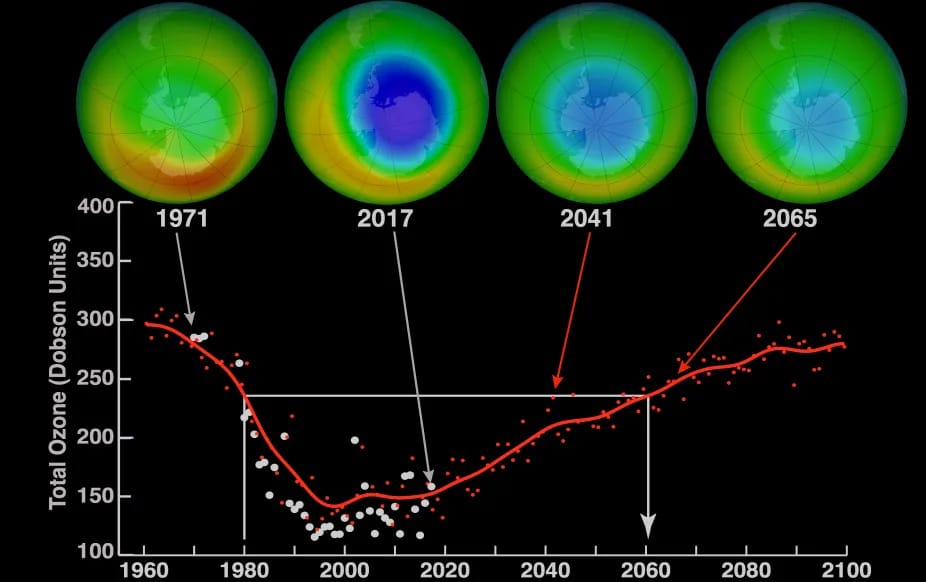The stories untold: our journey of discovery has only just begun

Gazing up at the night sky serves as a profound reminder of how little of the universe we understand. It is this exact wonder, curiosity, and desire to unravel our origins that drives humanity's most daring scientific quests. At the very edge of pursuit stands the James Webb Space Telescope (JWST), which currently serves as one of the greatest human achievements in the exploration and advancement of our understanding of space.
More than just a telescope for JWST, it acts as our time machine, granting us glimpses into history. Alongside that, it fulfils its role as a cosmic detective and a surface for unparalleled human ingenuity through engineering. Since its launch, JWST has returned with new data, along with images, further shocking users by challenging long-held assumptions that have formed over time due to traces left behind by evolution.
Space has always been there ever since centuries, whereas telescopes make use within modern-day society, such as the Hubble telescope, which has able to bring spectators to gaze towards marvellous nebulae, obtaining sharper clarity with each unlockable shard available, previously unnoticed.
The expansion of the universe causes light emitted from stars and galaxies to shift from the visible spectrum to infrared. JWST can specifically work with the infrared spectrum. It allows us to view far deeper and further back in time, looking through space like never before using its 6.5-meter mirror and cutting-edge telescopes.
Another form of “superpower” is defeating visible light being blocked by dust, which acts more like a fog to car headlights: invisible light is scattered while infrared is able to pierce through it, revealing undisclosed structures. This ability gives the JWST unparalleled access to ancient galaxies as well as stellar nurseries, providing glimpses into uncovered layers of our universe previously unseen.
One of the most amazing discoveries of the telescope is finding big, well-formed galaxies much earlier in the universe's history than scientists thought. This changes a lot of our ideas about how galaxies form. It raises the question: How did these galaxies appear so quickly? It might be because early stars, called Population III stars, were forming and dying faster than we realised. Some of these galaxies even show signs that they were trying to light up the universe earlier than we expected, which is an important time when the early universe became clear and light could travel freely. We are discovering growth spurts in places we expect to still be active during what is known as the “cosmic dark ages.”
JWST’s gaze goes further as it peers at ancient galaxies, as close to home, new worlds beyond our solar system, dubbed exoplanets, are waiting keenly for observation. Countless worlds have been uncovered, yet understanding components that make up their atmospheres has proven troublesome—until now.
Whenever an exoplanet transits its parent star, a small portion of the starlight gets trapped in the planet’s atmosphere. JWST has the capability to analyse this light and identify specific molecules present. This analysis is crucial in the search for life, as it looks for chemical markers that resemble living organisms. Water vapour, methane, carbon dioxide, and oxygen are all potential biosignatures.
The JWST has already noted atmosphere compositions containing carbon dioxide and sulfur dioxide on some giant exoplanets. Additionally, there are hints of water vapour within smaller rocky planets marked by their enhanced infrared emissions. But these findings mark only the commencement of research; determining the presence of either oxygen or nitrogen could potentially suggest the existence of sentient beings far from Earth.
The telescope continues to observe star-planet formation sites. Such locations are constantly veiled by thick gas stupors; nonetheless, these sites are stunning as they allow JWST to peak through and catch a glimpse of how stars advance towards different material structures alongside shaping into spinning disc structures consisting of debris accompanied by planet embryos.
In one incredible feat, JWST captured a direct image of an exoplanet—TWA 7b—a young, Saturn-sized world still embedded in the disk it formed from. Taking such a picture is incredibly difficult because of how bright stars are compared to their planets. But with JWST’s advanced tools, we're finally getting front-row seats to the cosmic process of creation.
These questions don’t just push the boundaries of science—they challenge us to rethink our place in the universe. From a telescope floating in space to classrooms and cities around the world are now part of a story that stretches back to the dawn of time.
The James Webb Space Telescope is more than a machine. It's a symbol of our endless curiosity, our ingenuity, and our desire to understand where we come from. And while the universe may still hold countless secrets, one thing is clear: our journey of discovery has only just begun.
Similar Post You May Like
-

CFCs, HFCs and their long, troubled history
At its peak, the ozone hole covered an area 7 times larger than the size of Europe, around 29.9 million km2, and was rapidly expanding
-

The Origin of Universe: Deciding point where it all began!
Let us unravel and surf through the ideas throughout ages to understand what the universe and its origin itself was to its inhabitants across history.
-

The Artemis Program
Inspired by the Greek goddess of the Moon, twin sister to Apollo, the artimis program was named on 14 May 2019 by Jim Bridenstine.






